In the future, smart curtains will be an essential part of every smart home. With the advent of ambient experiences and neural interfaces, curtains will become more than just a means to block out light and provide privacy. They will be an integral part of the environment, monitoring the user's state and responding to their needs in real-time.
Smart curtains will be able to communicate with other devices in the home, such as the thermostat, lighting, and sound systems. They will use this information to create a personalized environment that meets the user's needs. For example, if the user is feeling tired, the curtains could close automatically to create a darker environment, and the thermostat could lower the temperature to help them sleep better. If the user is feeling energized, the curtains could open to let in more natural light, and the sound system could play upbeat music to match their mood.
One of the key features of smart curtains will be their ability to anticipate the user's needs. Using advanced sensors and machine learning algorithms, they will be able to predict what the user wants before they even ask for it. For example, if the user usually closes the curtains at a certain time of day, the curtains could learn this behavior and start closing automatically at that time. If the user has a busy schedule, the curtains could adjust their position to let in more light in the morning and less in the evening, without the user having to make any adjustments.
Another important aspect of smart curtains will be their ability to respond to the user's gestures and voice commands. With the advent of neural interfaces, users will be able to control their curtains with their minds, making the user experience even more seamless. For example, the user could simply think about closing the curtains, and the curtains would respond accordingly. Similarly, the user could use voice commands to adjust the curtains, such as "open the curtains" or "close the curtains."
Smart curtains will also be able to communicate with other devices outside of the home. For example, if the user is on their way home from work, the curtains could communicate with their car to let it know when they will arrive, and adjust the temperature and lighting accordingly. Similarly, if the user is away from home and the curtains detect an intruder, they could send an alert to the user's phone and turn on the lights to deter the intruder.
Privacy will also be a key consideration in the design of smart curtains. With the growing concern over data privacy, smart curtains will need to be designed to protect the user's personal information. This could involve using advanced encryption technologies to protect the data transmitted between devices, as well as providing users with the ability to control what data is collected and shared.
In conclusion, the future of smart curtains is exciting and full of possibilities. With the advent of ambient experiences and neural interfaces, curtains will become more than just a means to block out light and provide privacy. They will be an integral part of the environment, monitoring the user's state and responding to their needs in real-time. From anticipating the user's needs to responding to their gestures and voice commands, smart curtains will provide a seamless and personalized user experience. As technology continues to evolve, the possibilities for smart curtains are endless, and we can't wait to see what the future holds.






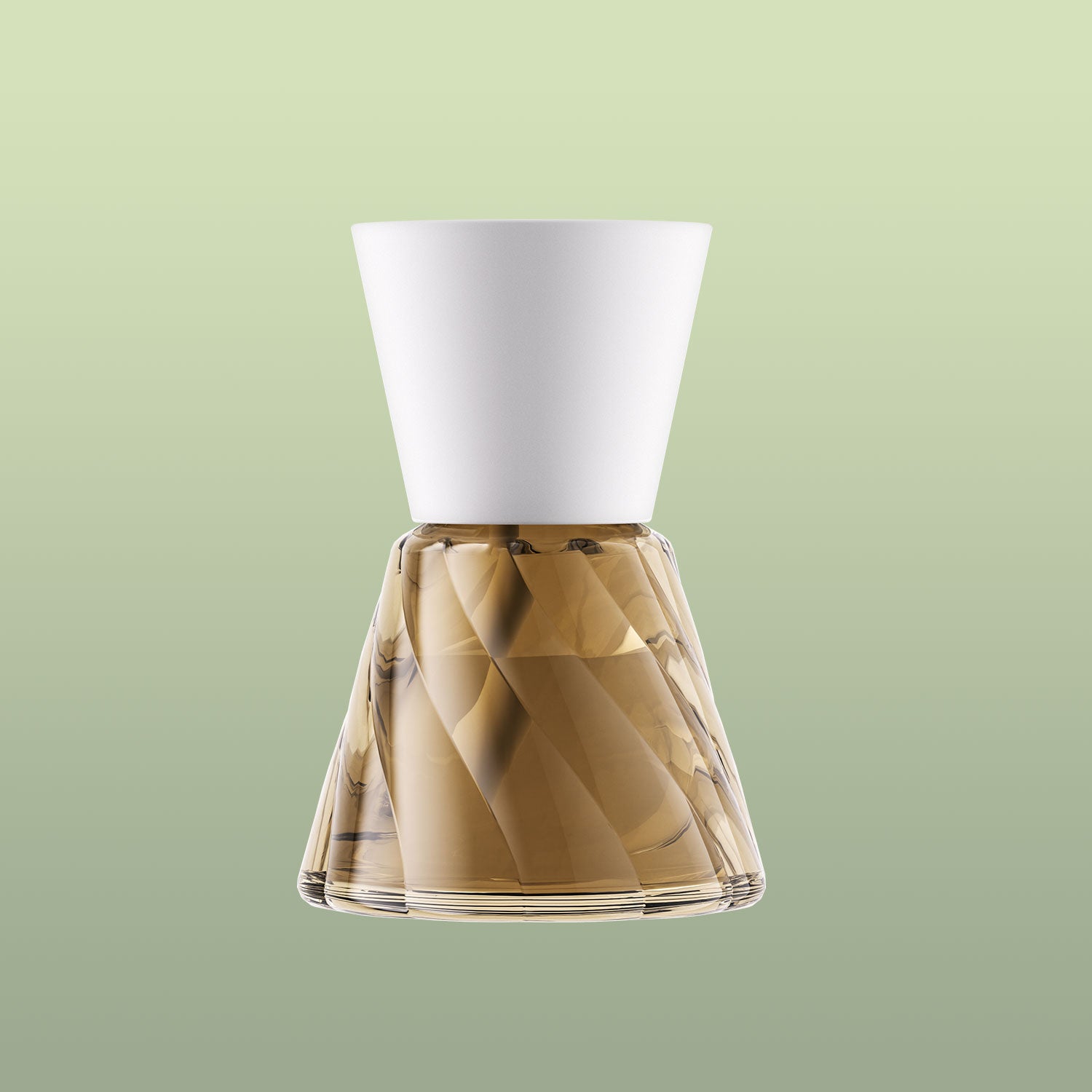


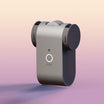
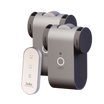
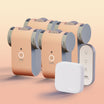
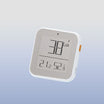
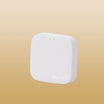
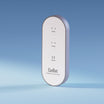
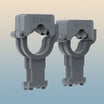





Leave a comment
All comments are moderated before being published.
This site is protected by hCaptcha and the hCaptcha Privacy Policy and Terms of Service apply.